Your right batteries are connected in parallel now. They will share their load. The left one is working alone in a different circuit.
Like this:

Under the same load, the left battery will discharge twice as fast as the other two. Because they work together!
Remember the C-Rate? Your left battery is being discharged closer to it's C-Rate than the right two.
There is also the cut-off voltage at which
I am cheating a bit here, because the voltage doesn't drop linearly, in reality it drops faster at the top.
That's called a batteries discharge curve. We will look at that in detail later.
Ok, the left one has worked plenty now, time to stop.
Remind me, what tells you how hard you can charge or discharge a battery relative to its capacity?
"C-Rate: The charge/discharge rate relative to battery capacity. Tip: Discharge at a lower C-rate for better capacity and longevity."